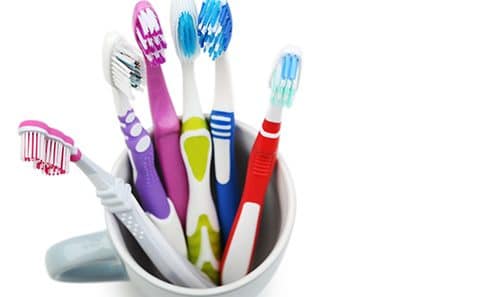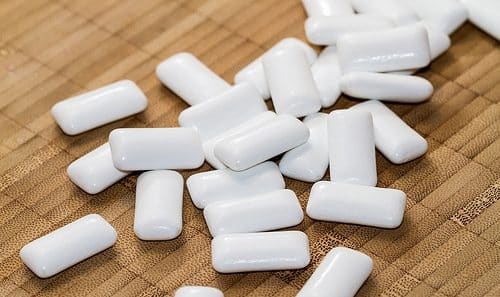
Famous Teeth throughout History
We probably all remember sitting through history lessons during our schooling years. Revolutionary war heroes, English…

Toothbrush Arts and Crafts
When you replace your old toothbrush every three or four months with a new model, you…

Flossing Fact or Flossing Fiction?
Somewhere in a bathroom drawer or medicine cabinet, we all have one—that little plastic dental floss…

Xylitol: A significant factor for improving your oral health
Xylitol is a naturally occurring sweetener found in tree bark, plants, fruits, and vegetables. The human…

Toothbrush Care
You found the perfect toothbrush! The bristles are soft, to avoid irritating your delicate gum tissue….

Heading Back to School? Save Some Room in Your Backpack!
If you’re heading back to classes in the next few weeks, you’re probably getting your gear…

Which mouthwash should you use?
Although using mouthwash is certainly not the equal of brushing and flossing, it does have benefits…

Brushing: Before or after breakfast?
In a perfect world, we would all jump out of bed ready to greet the day…

Interproximal Cavities: The Inside Story
Time to brush! So, you make sure you gently brush the plaque off the outside surfaces…

Positioned for Success
As you near the end of your orthodontic treatment, you’re probably already imagining the day when…


